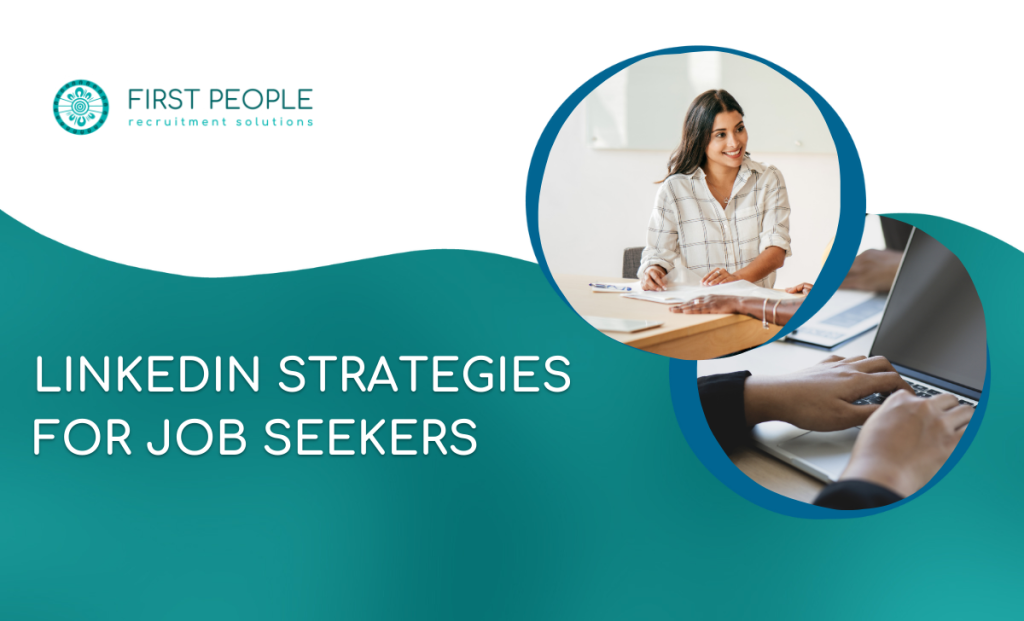The interview follow-up is more than just a polite thank-you note—it’s a strategic tool that reinforces your interest, highlights your professionalism, and keeps you top of mind for hiring managers. Too often, job seekers fall into the trap of generic follow-ups, missing an opportunity to build momentum and influence the hiring decision.
A well-executed follow-up can serve multiple purposes: it demonstrates enthusiasm, strengthens your candidacy, and subtly reminds employers of your value. But to truly stand out, you need a methodology that is proactive, thoughtful, and well-timed.
The Purpose of the Follow-Up: Beyond Just Checking In
Many job seekers default to a simple “I’m just following up” message, but this lacks impact and can make you seem passive. Instead, your follow-up should have a clear purpose:
- Reiterate your enthusiasm – Remind the employer why you are excited about the role.
- Provide additional value – Reference something from the interview or offer insights that reinforce your expertise.
- Stay top of mind – Keep the conversation going without appearing desperate.
- Maintain a position of strength – Indicate that you’re a sought-after candidate, subtly suggesting that they should act quickly.
Timing Matters: When and How Often to Follow Up
The timing of your follow-up is crucial. Here’s a strategic timeline to ensure your follow-ups are effective and well-received:
- Within 24-48 hours of the interview: Send a personalized thank-you note that highlights key discussion points and expresses enthusiasm for the role.
- After a week (if no response): Check in with a confident, professional message that reaffirms your interest and asks about the hiring timeline.
- After the communicated decision timeframe (if applicable): If the employer mentioned a decision by a certain date and it has passed, follow up again.
- If you receive another offer: If you prefer this role but have another offer in hand, use this as an opportunity to communicate urgency and gauge their decision timeline.
The Strategic Approach to Follow-Ups
Rather than sending a generic “just checking in” email, consider these approaches to make your follow-up more impactful:
- Tie Back to the Interview: Reference a specific conversation topic or project discussed during the interview to reinforce your engagement.
- Highlight a Recent Achievement: If relevant, mention a new success that strengthens your candidacy (e.g., “Since our interview, I led a project that resulted in X outcome…”).
- Ask a Thoughtful Question: Instead of merely asking about updates, pose a strategic question about the company’s goals or challenges to keep the conversation going.
- Showcase Your Value: If you come across an industry article, trend, or insight that relates to the company’s work, share it with a brief note connecting it to your discussion.
Follow-Up Etiquette: The Do’s and Don’ts
Do:
✔ Keep your tone professional yet warm.
✔ Be concise and respectful of the employer’s time.
✔ Show confidence without appearing desperate.
✔ Be prepared to move forward regardless of the outcome.
Don’t:
✖ Overwhelm with multiple follow-ups too soon.
✖ Use overly casual or vague language.
✖ Demand an immediate response or express frustration.
✖ Wait indefinitely—set a follow-up limit and move on if needed.
Following up after an interview is an essential part of the job search process. When done strategically, it not only reinforces your interest but also positions you as a proactive and confident candidate. By focusing on timing, intent, and value, you can turn the follow-up into a compelling touchpoint that moves you closer to securing the role.
Looking for your next opportunity? Explore our latest job listings and take control of your career journey today.



